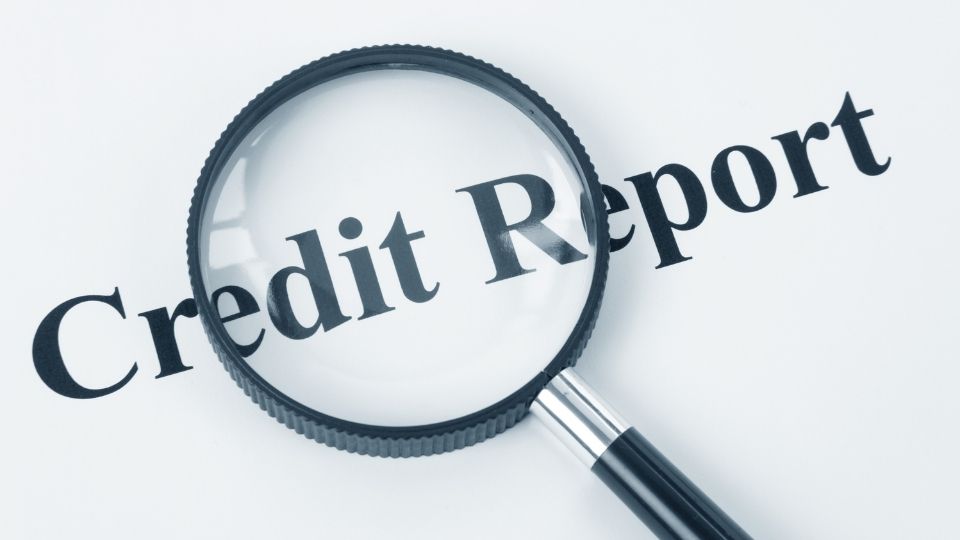Preparing for Homeownership: Four Steps to Get You Started
By: Stacy Abbott, M.S., HUD Certified Housing Counselor, Extension Program Coordinator
McKenzie Walsh, HUD Certified Housing Counselor, Extension FCS Assistant Housing Educator

Buying a home is a financial transaction which has pretty big personal implications. Most home buyers find the process overwhelming, though it doesn’t need to be. Regardless of market conditions, there are preparations for any successful home purchase. The four steps listed below will put you on the track to a successful home buying experience.
Step 1: Complete an inventory of your housing needs, assess your lifestyle, and consider how home ownership will enhance your life.
Home ownership is a personal journey — everything from your desire for buying a home to your housing needs and your financial capability is personal. Not one buyer will have the same needs or desires.
The average family lives in their home for 10 years. During that time frame, households could have a change in their household size, composition, and lifestyle. Some people may expect to have an expanding family; others could be looking at an empty nest or having elderly parents live with them.
Your lifestyle will help you identify the type of house that you should purchase. Those who like to entertain may need more space and an open floor plan, whereas those who spend a lot of time away from their home may like owning a townhome that requires less exterior maintenance but offers shared amenities.
Finally, consider how owning a home may enhance your life. This will help you stay motivated in achieving your housing goal.
Step 2: Choose a strong team
When buying a home, it is important to have a good team to support you through the purchase process. The key players on your team will be a mortgage lender, a real estate agent, and a housing counselor.
Lender:
A good lender will help you navigate the many mortgage products that are available and help you identify which loan product will serve you best. Base your decision of who to work with on the types of products offered, rates, and the quality of service they provide.
Real estate agent:
This person will organize the transaction between the buyer and the seller. They search for a home that meets your needs within your price range. An agent should help you make a strong offer, help you understand the purchase agreement, and make you aware of the deadlines that must be met. A real estate agent is paid by commission and in most cases, the seller pays this fee.
Housing educator:
A third team member is a U.S. Department of Housing and Urban Development, known as HUD, certified housing counselor. Counselors provide education and counseling about housing issues. A homebuyer education course will give you a thorough understanding of the home buying process. In addition, many consumers use the certificate of completion to qualify for home buyer assistance funds and lending programs that help buyers purchase a home.
Step 3: Calculate the costs of buying a home and create a savings goal
Three costs to prepare and save for a home purchase are the down payment, earnest money, and closing costs.
Also included in the chart is contact information to check the background of the financial professional you are considering. You should do your due diligence to research qualifications even if the recommendation came from a trusted friend or family member (Garman & Forgue, 2018).
Down Payment:
An initial large payment towards the purchase of a home. 20% of a down payment is recommended but not required to be qualified for most mortgages.
Earnest money:
Money given to the seller at the time of entering a contract to show serious intent to buy a home. This money is usually applied to the purchase of the home. However, earnest money can be lost if the contract is not kept. A common amount for earnest money is 1-3% of the purchase price of the home. In a competitive housing market, a larger amount of earnest money will help your offer stand out.
Closing costs:
The cost to close on the loan and to transfer ownership of the property. This expense can vary from lender to lender but is usually determined by the loan amount and mortgage type. These costs are often between 3-6% of the loan amount.
After you have calculated the amount of money you will need to save, you can create a goal to save these funds. This is also a good time to research home buyer assistance programs that could help with these costs.
Step 4: Practice making the payment and save the difference in a savings account. Season the funds.
It is important to consider whether the monthly house payment will fit into your budget without stretching it so much that you can afford nothing else. To get a sense of whether the payment is affordable, we suggest that you “play house” and practice making the mortgage payment. For example, let’s say you expect a house payment of $1,500 yet you are only paying 1,000 in rent. You could send the difference of your rent payment and the expected house payment to a savings account — $1,000 to rent and $500 to savings. After doing this for a few months, you will get a feeling of whether that payment is doable. This is also a good way to start saving for the purchase costs. Make sure you season the funds by placing them in a savings account at least two months prior to the purchase of the home.
Click here to download worksheets to help you complete each of the steps above
Further Resources
- Find a local housing counseling agency through the U.S. Department of Housing and Urban Development: https://apps.hud.gov/offices/hsg/sfh/hcc/hcs.cfm
- U.S. Department of Housing and Urban Development: hud.gov
- Consumer Finance Protection Bureau: consumerfinance.gov
- Utah State University Extension Personal Finance website: extension.usu.edu/finance
References
- Evangelou, Nadia. (2020). How long do homeowners stay in their homes. National Association of Realtors. https://www.nar.realtor/blogs/economists-outlook/how-long-do-homeowners-stay-in-their-homes
Related Research








